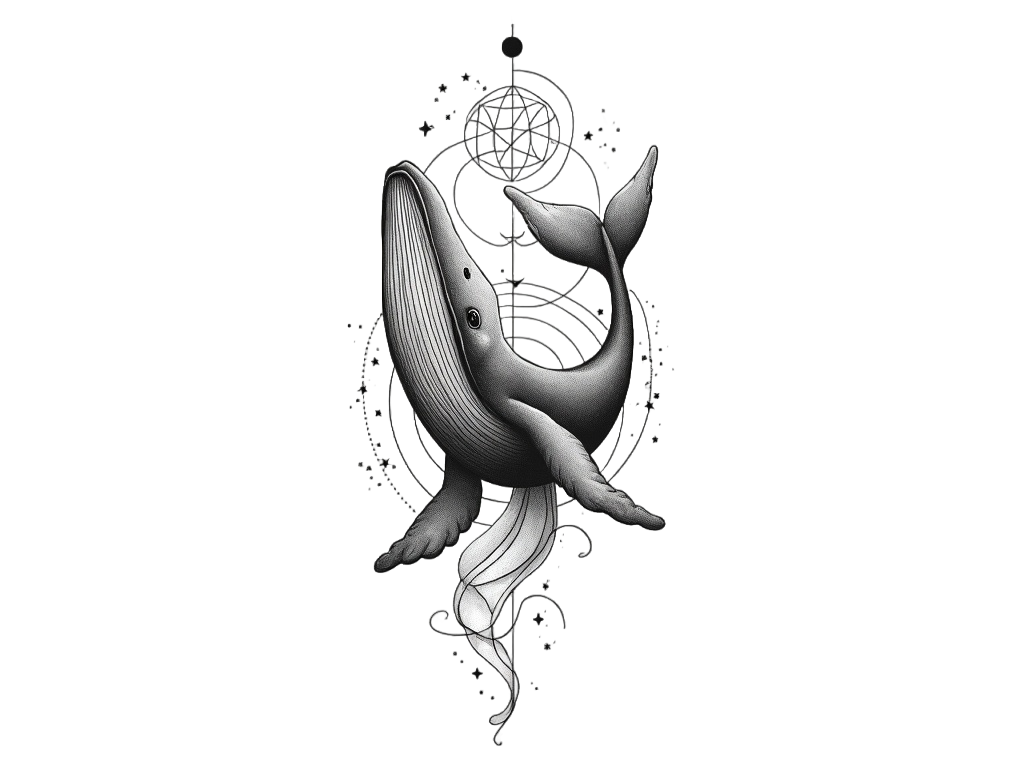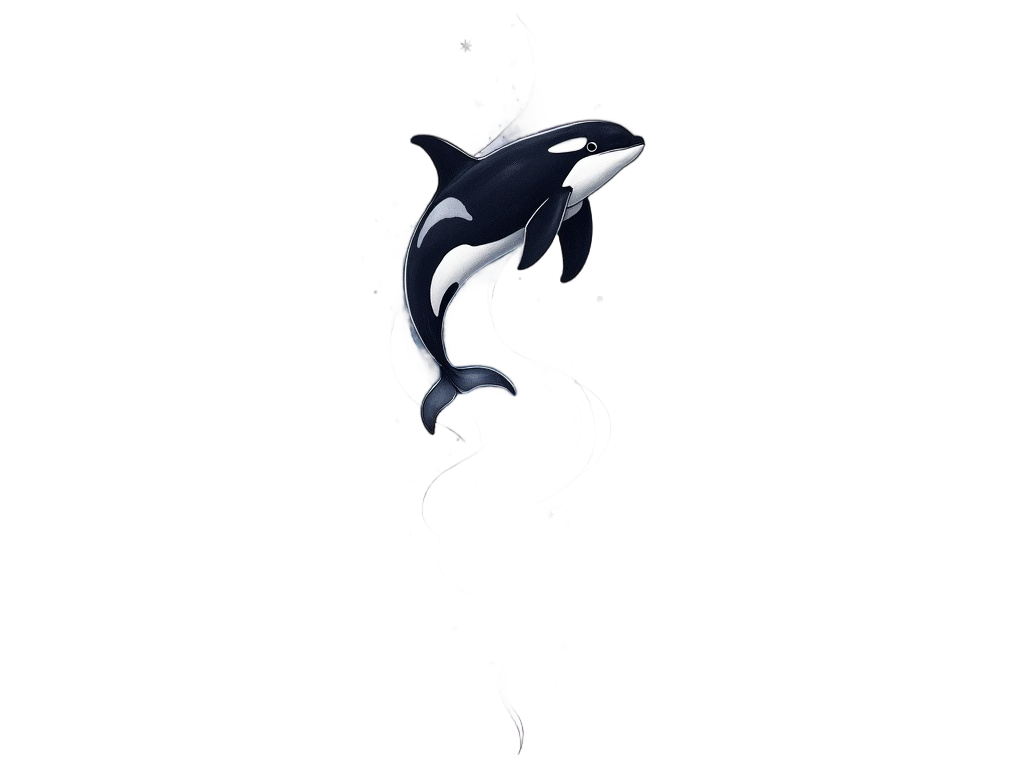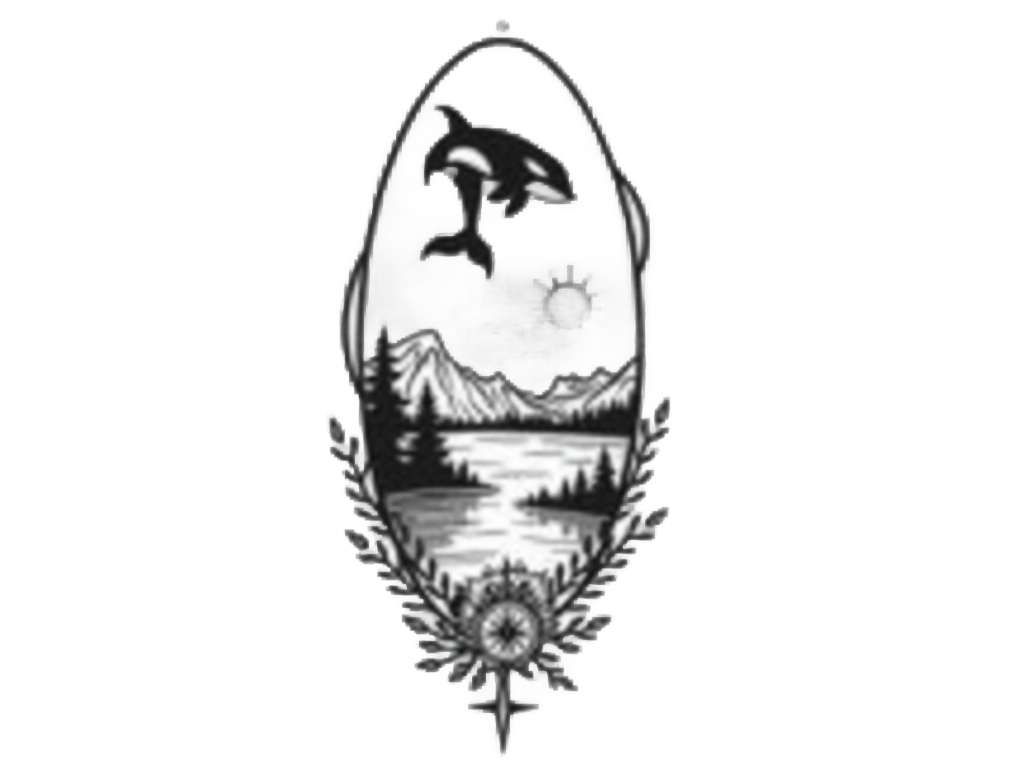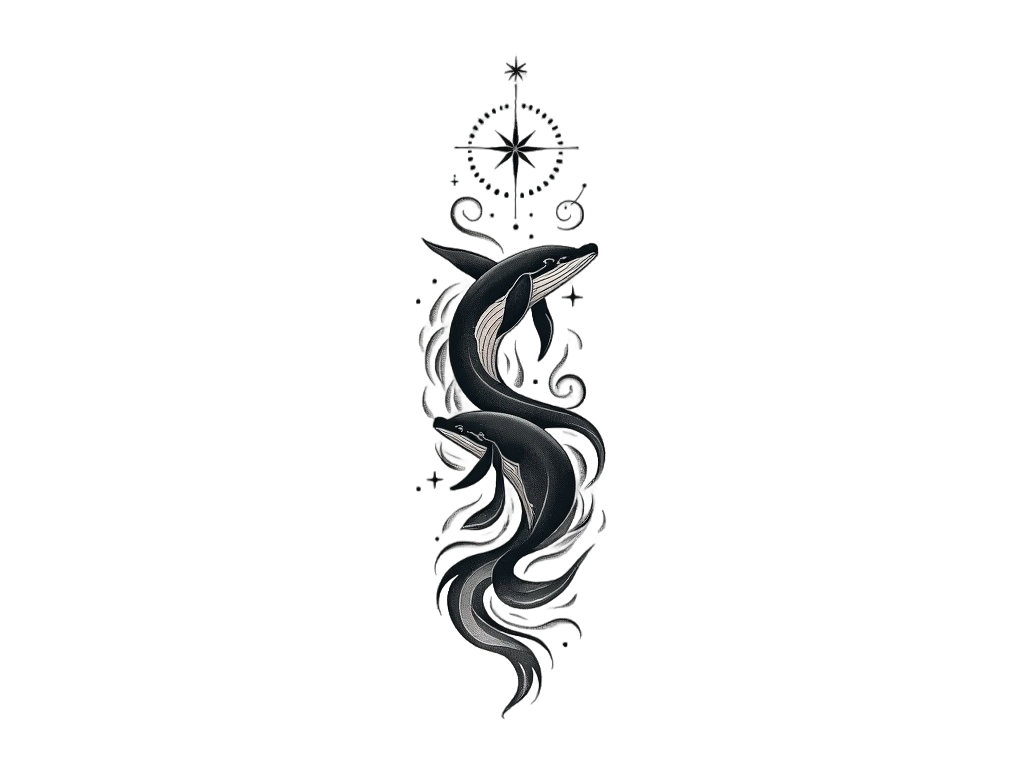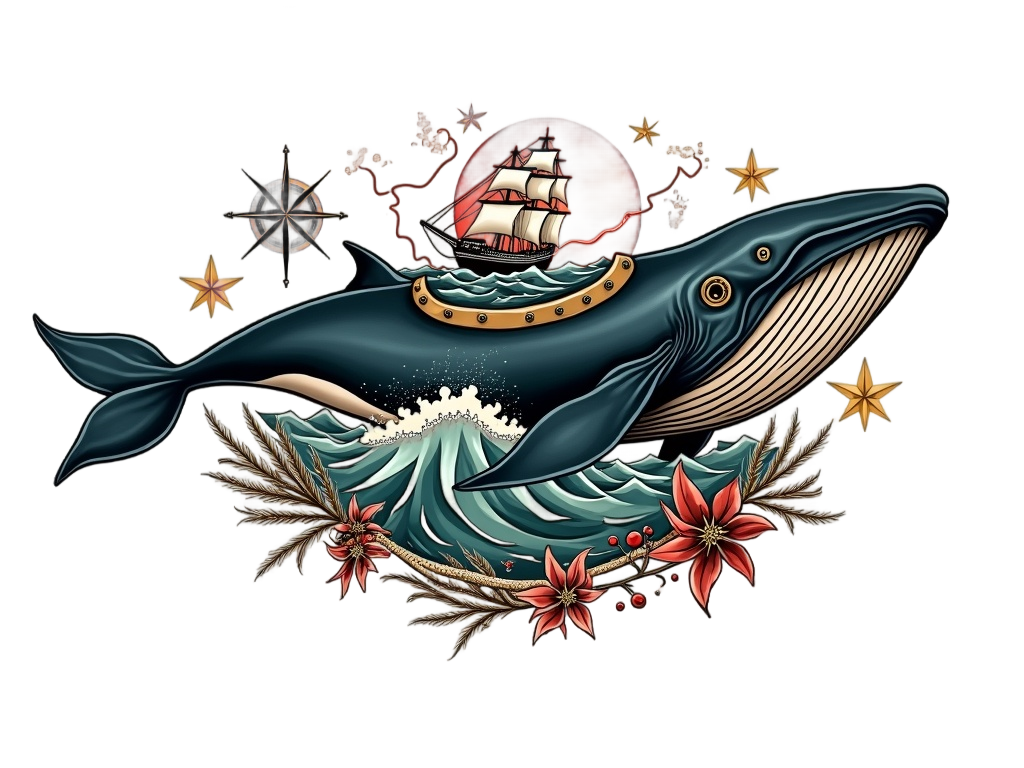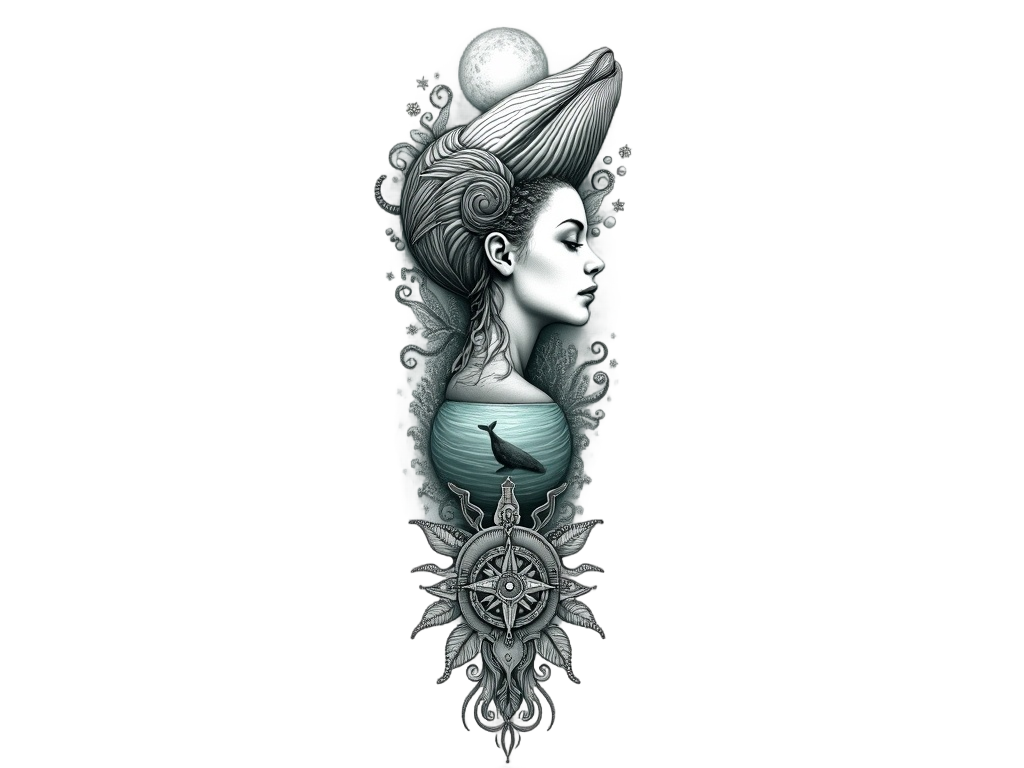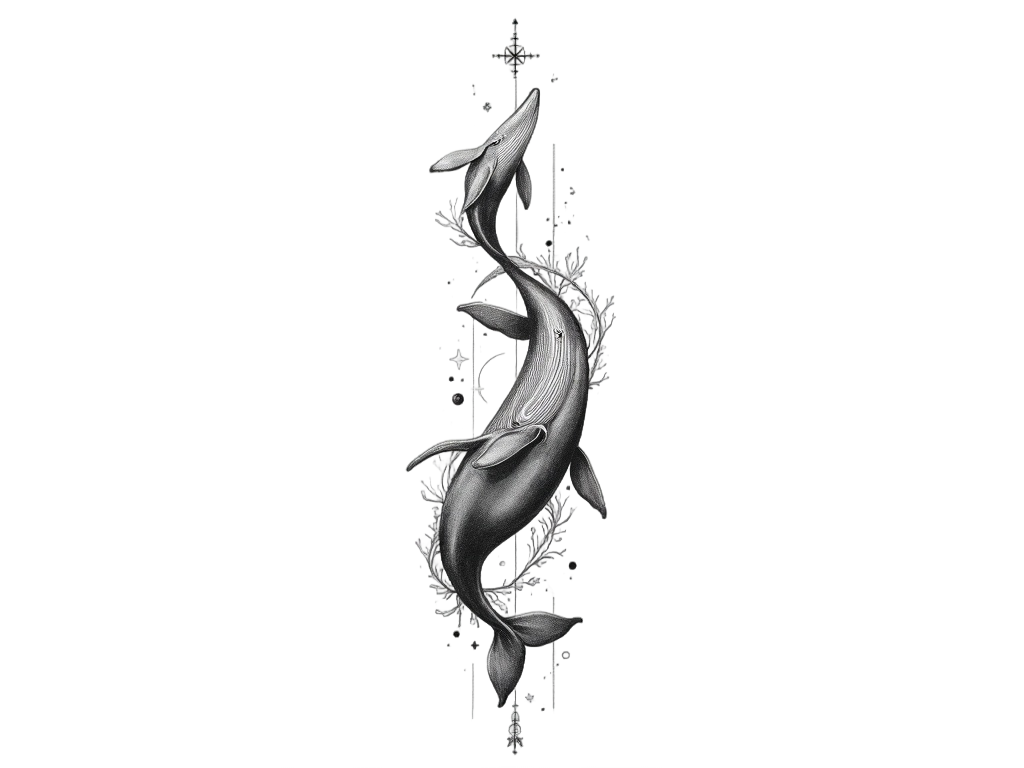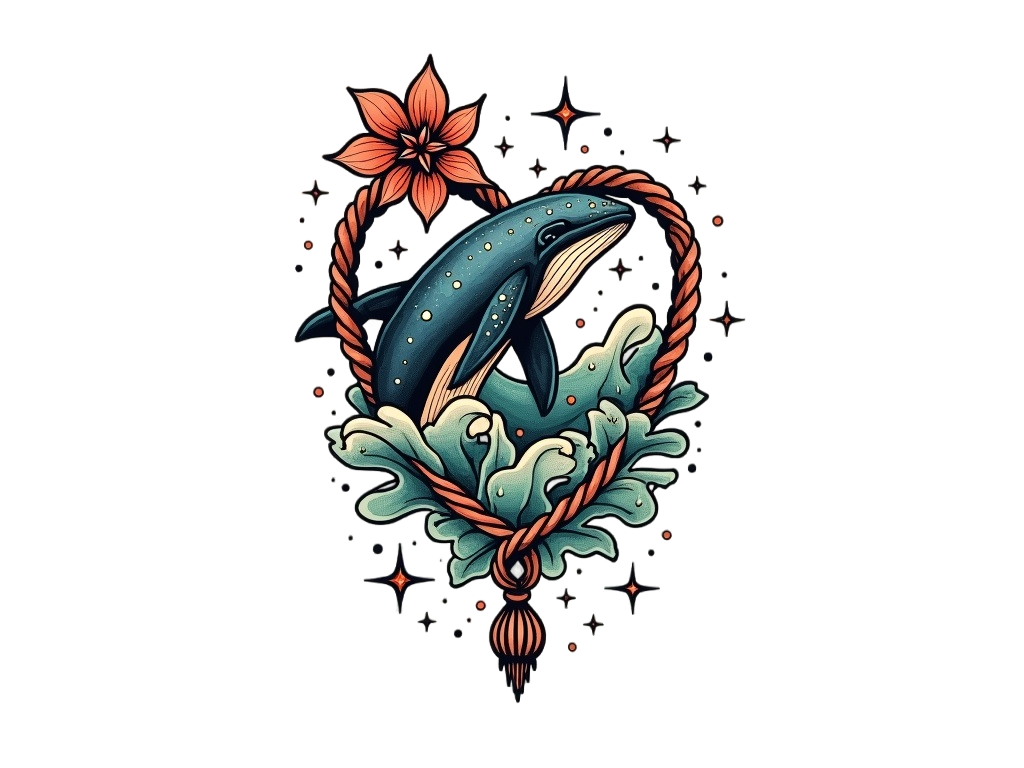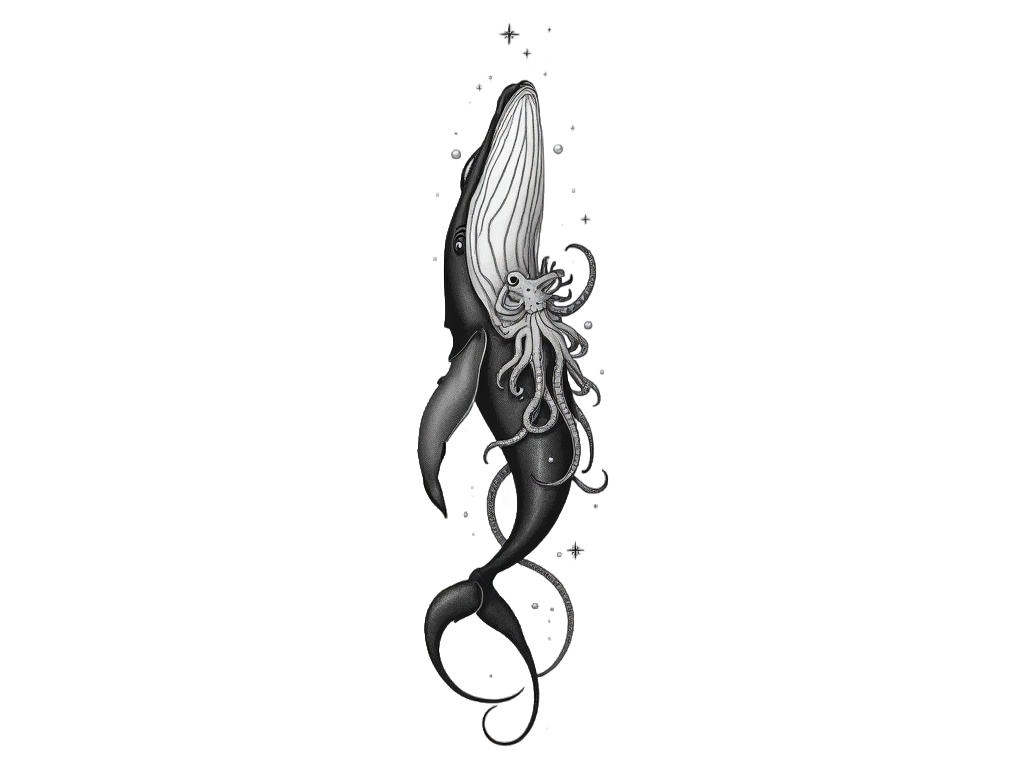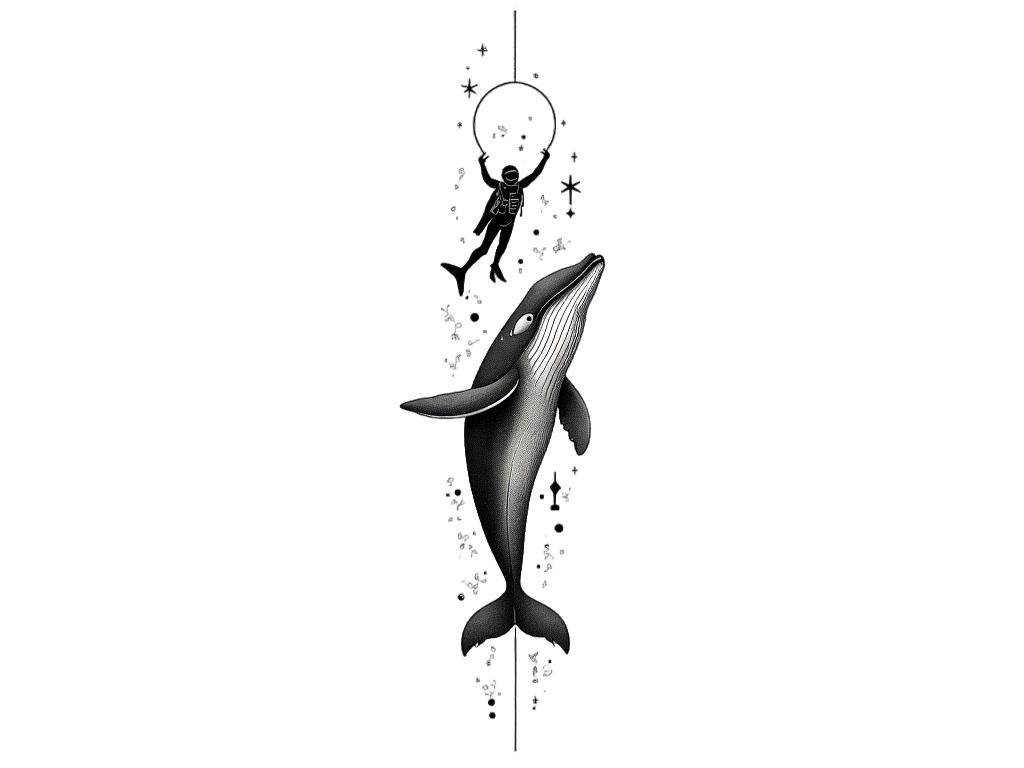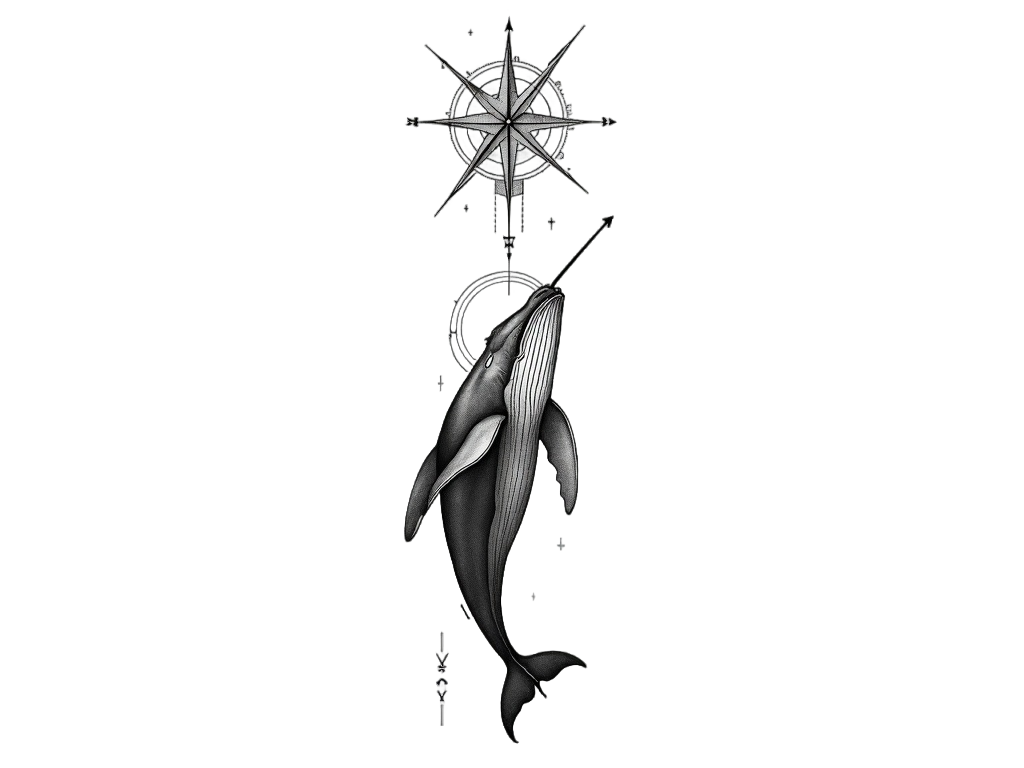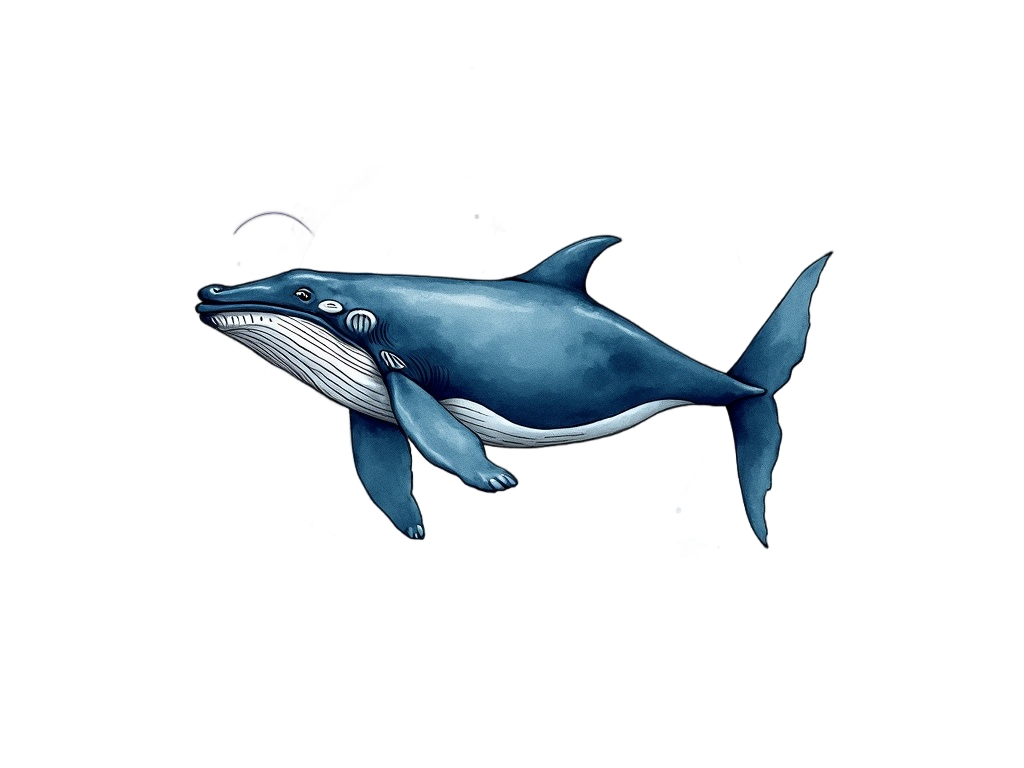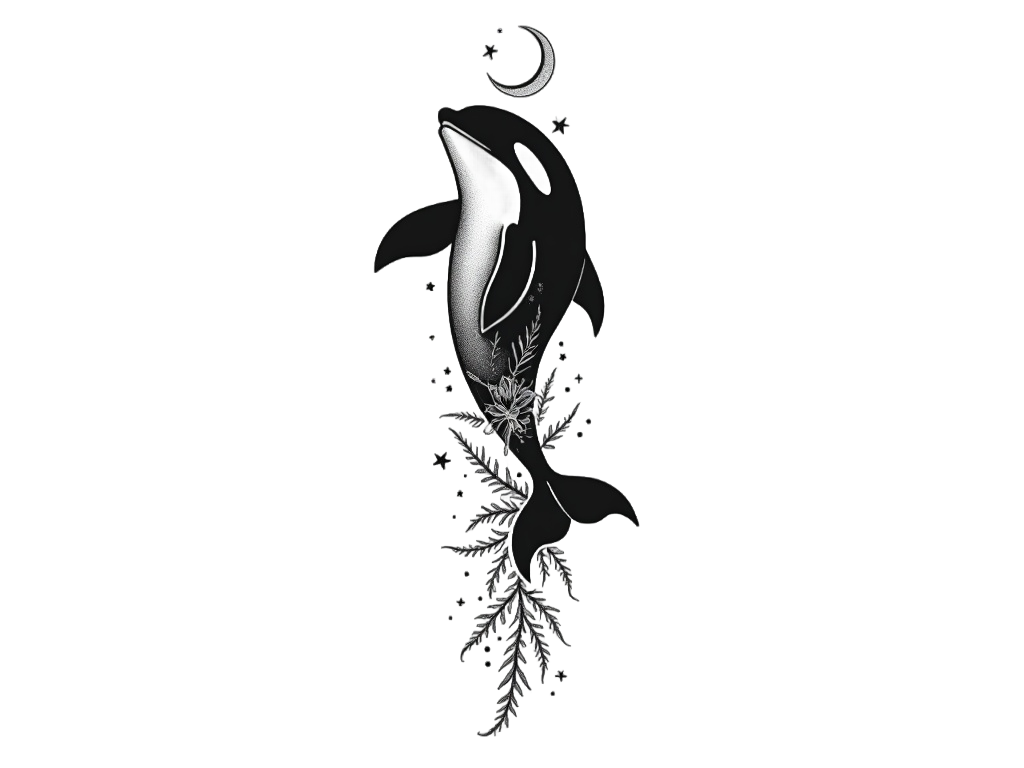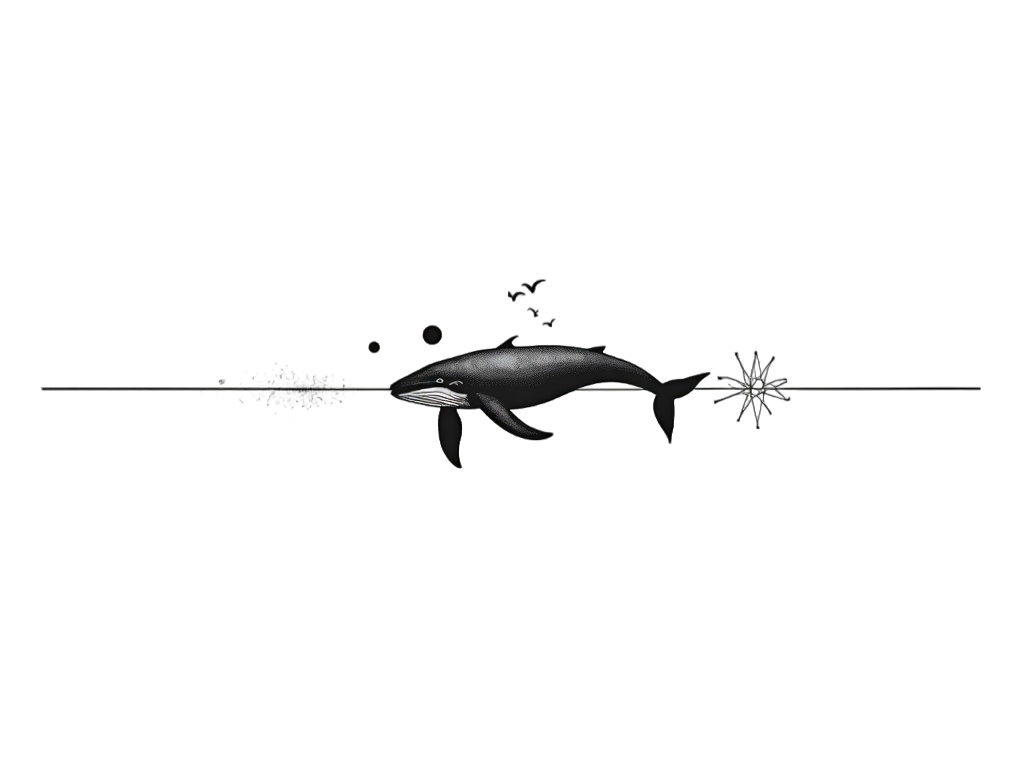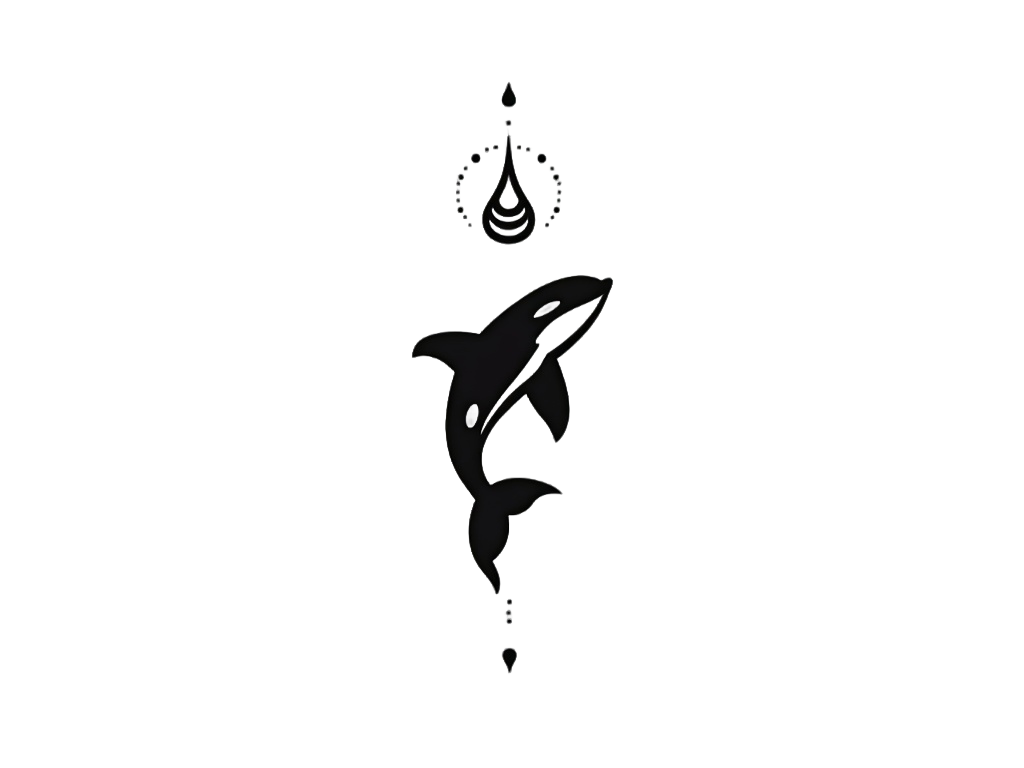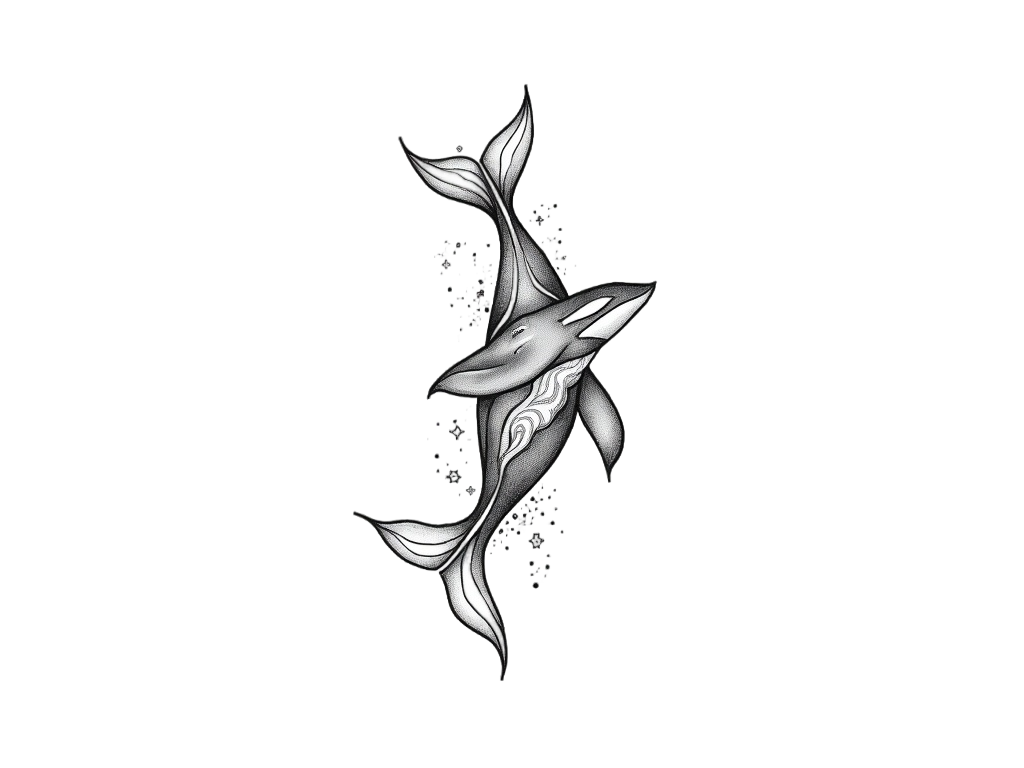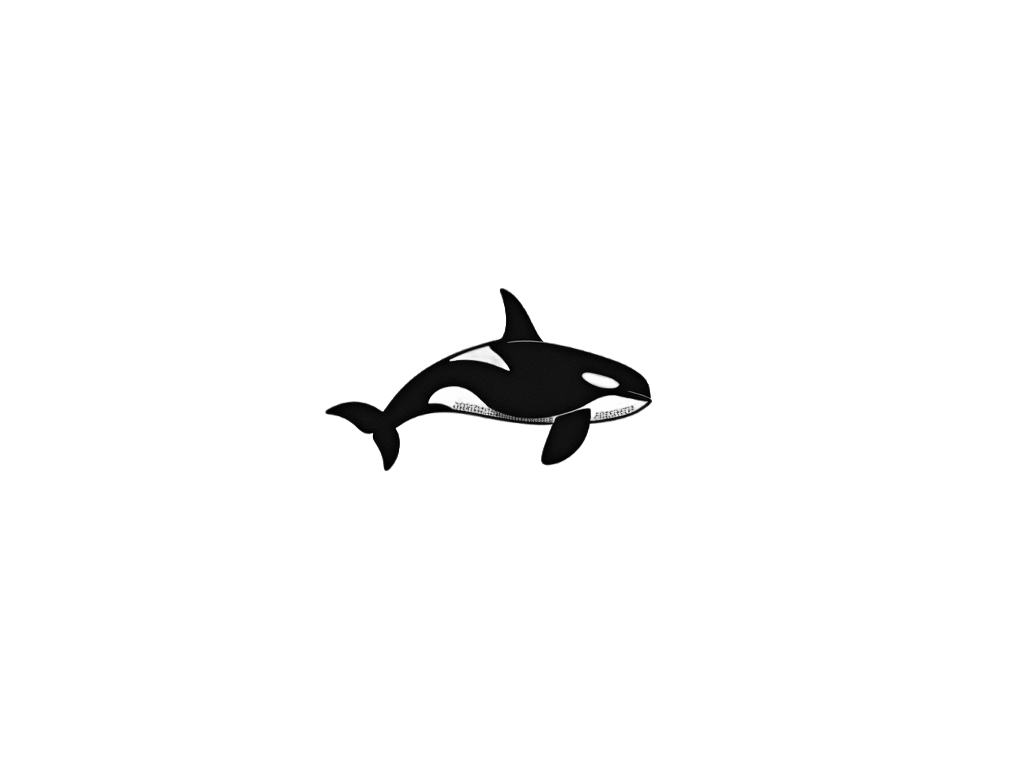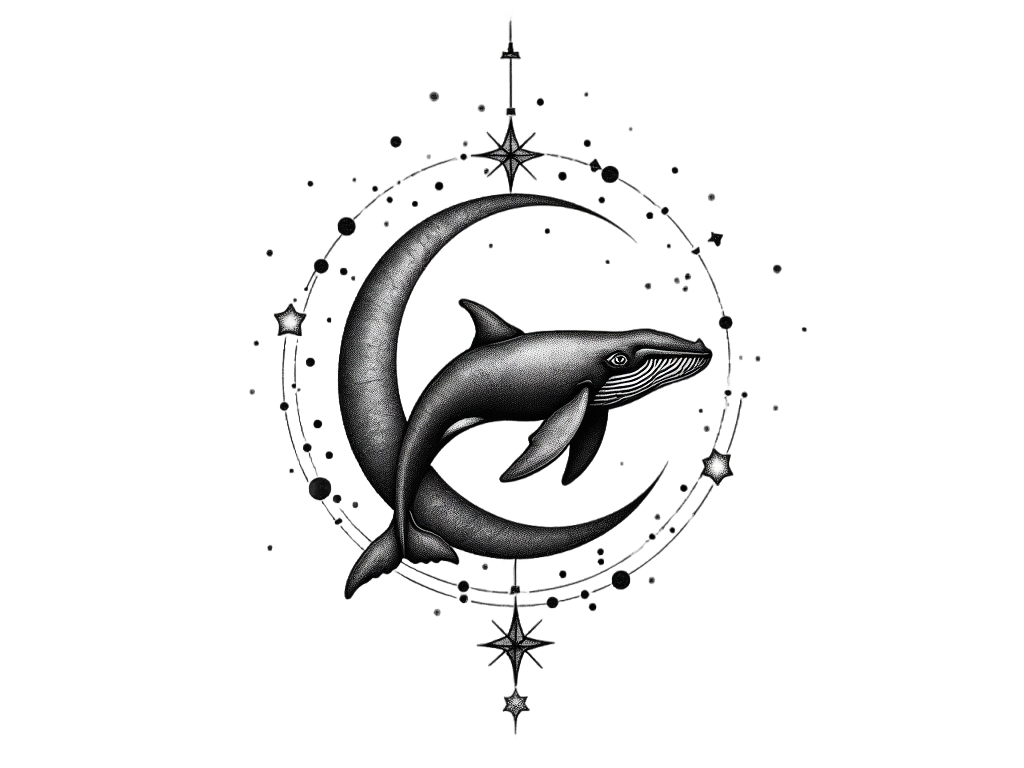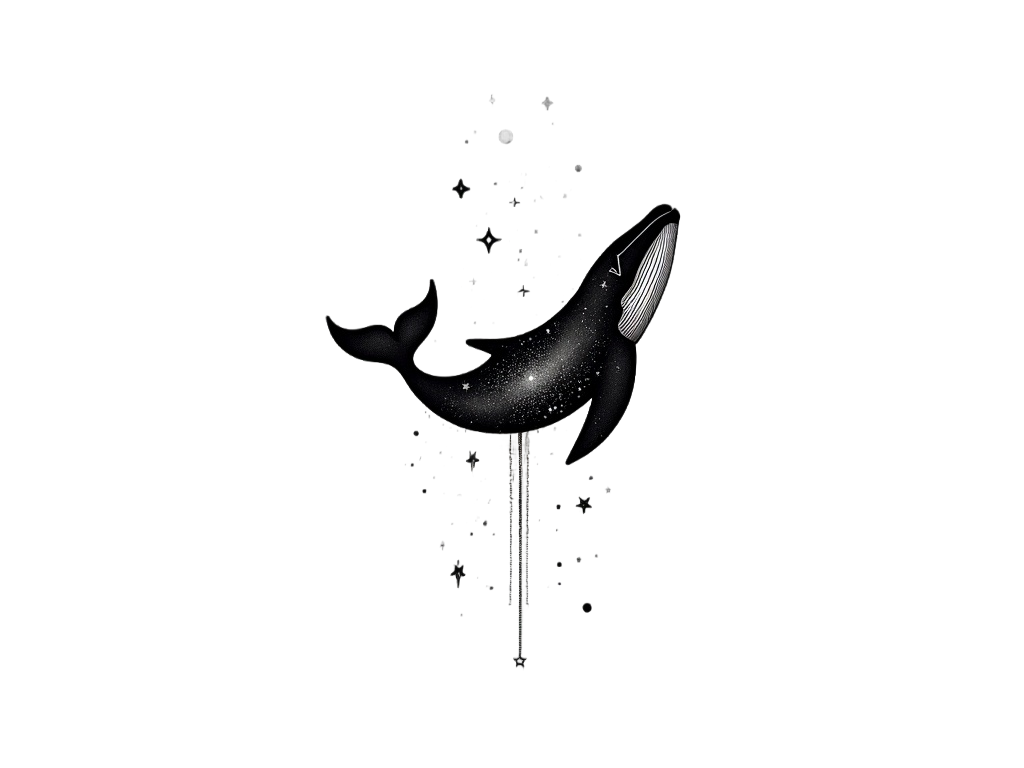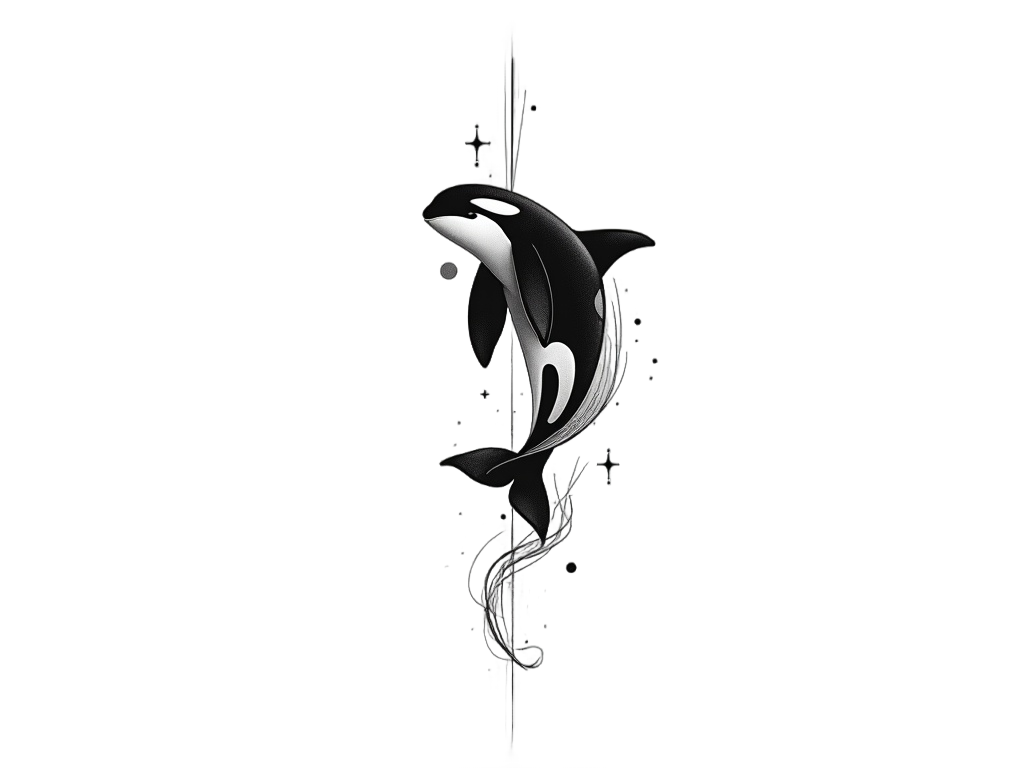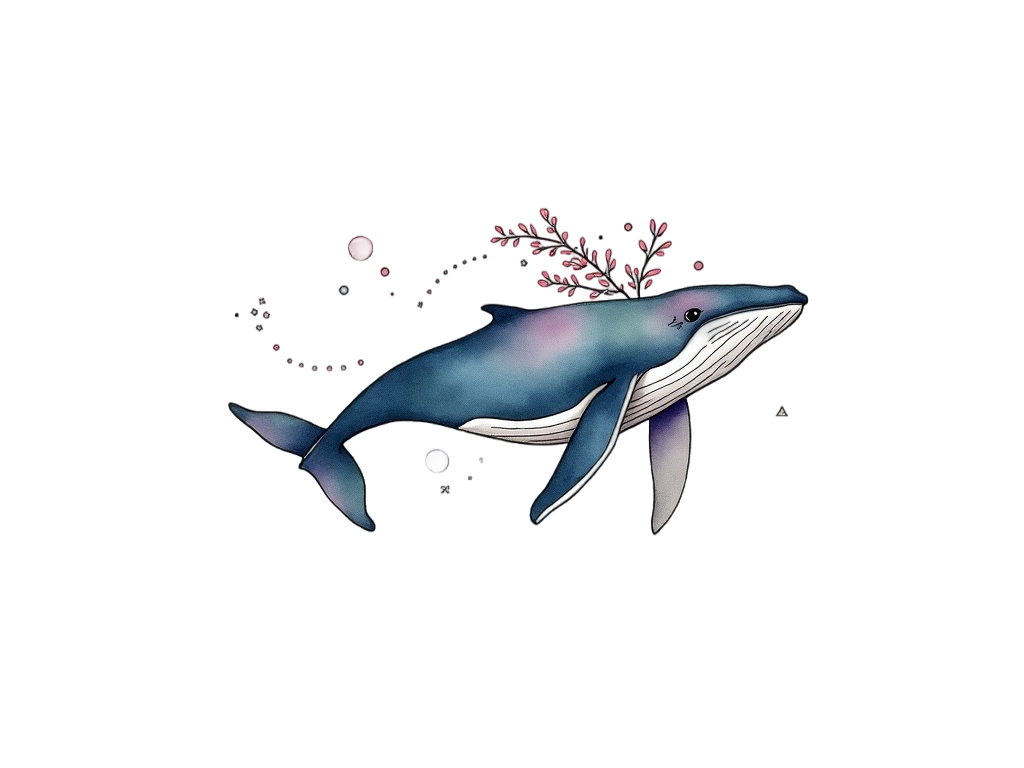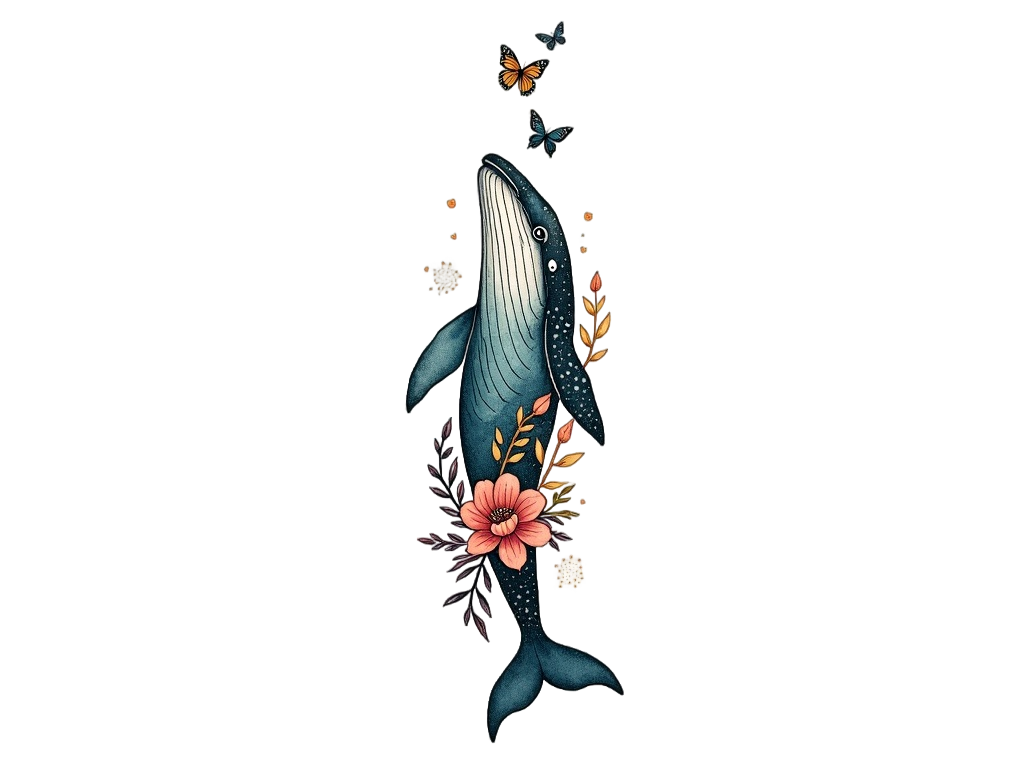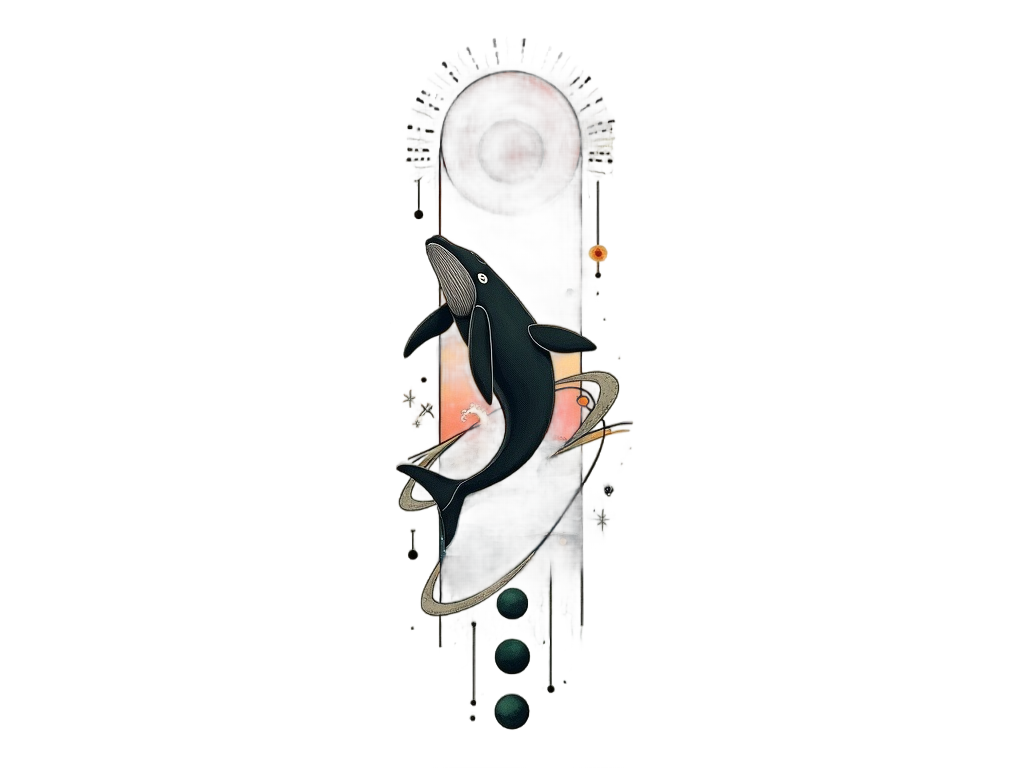Whale Tattoo Ideas, Designs and Meaning
Meaning of Whale Tattoos
- Whale tattoos often symbolize strength, wisdom, and protection, reflecting the majestic nature of these ocean giants.
- In many cultures, whales are seen as guardians of the sea, representing guidance and emotional depth.
- Historically, whales have been revered in various mythologies, such as in Native American and Polynesian cultures, where they are considered sacred creatures.
- In Japanese culture, whales are associated with good luck and prosperity, often depicted in traditional art and tattoos.
- The whale's ability to navigate vast oceans symbolizes a journey or adventure, making it a popular choice for those seeking personal growth or transformation.
- Whale tattoos can be designed in various styles, including realistic, tribal, or minimalist, each offering a unique interpretation of the creature's significance.
- While whale tattoos are gender-neutral, they are often chosen by individuals who feel a deep connection to the ocean or marine life.
- Common placements for whale tattoos include the arm, back, or thigh, allowing for larger, detailed designs that capture the whale's grandeur.
- The symbolism of a whale tattoo can also extend to themes of family and community, as whales are known for their strong social bonds and communication skills.
2,380 Tattoo Ideas
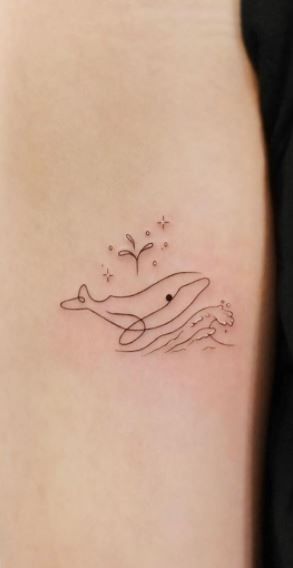

85 Magnificent Whale Tattoos, Ideas, & Meaning - Tattoo Me Now | Minimalist tattoo, Whale tattoos, Hand
Selection from Pinterest
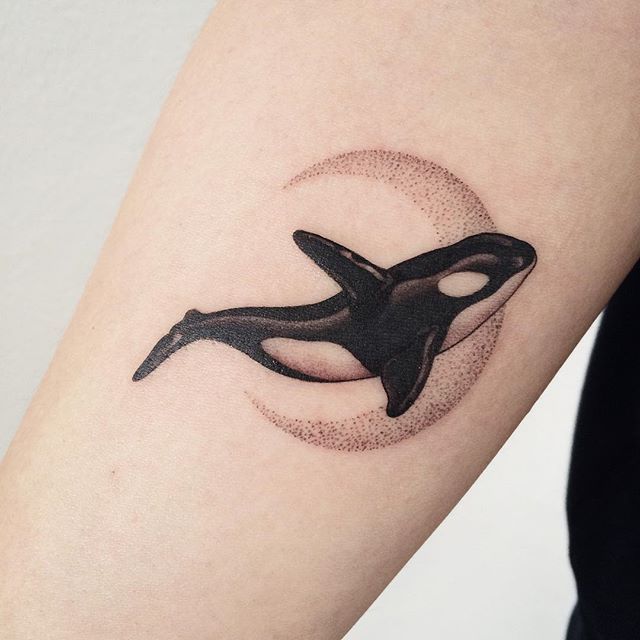

30 Incredible Whale Tattoos For Anybody Who's In Love With The Giants Of The Ocean
Selection from Pinterest
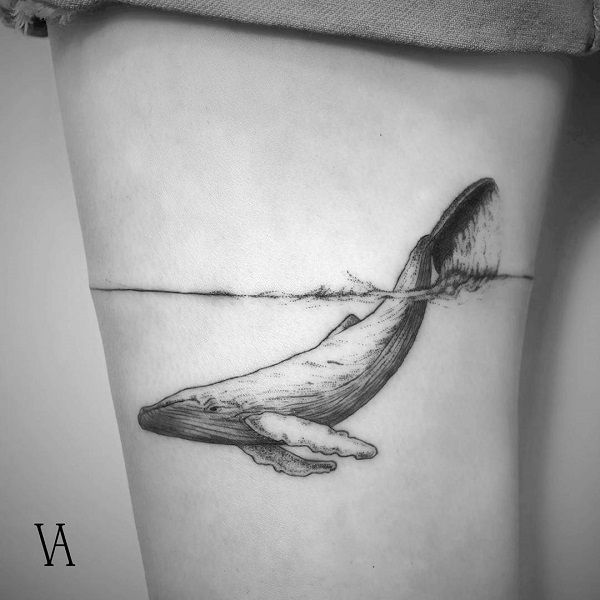

35 Whale Tattoo Ideas | Art and Design
Selection from Pinterest


85 Magnificent Whale Tattoos, Ideas, & Meaning - Tattoo Me Now
Selection from Pinterest
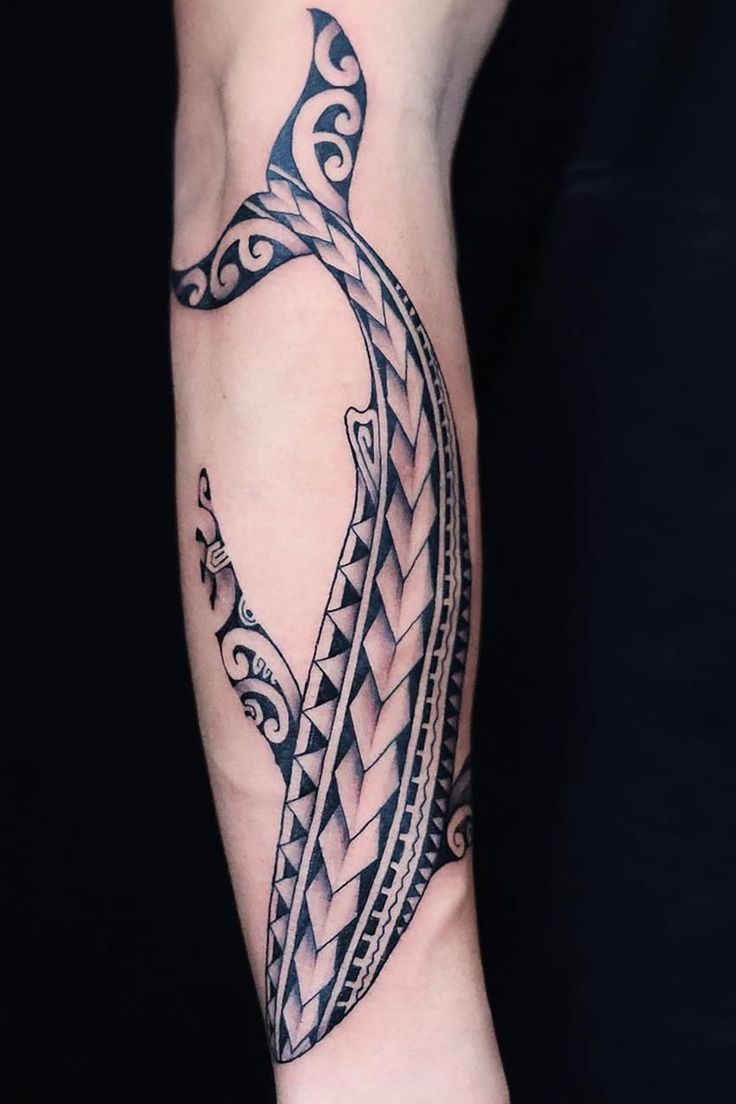

35 Shocking Whale Tattoo Designs
Selection from Pinterest
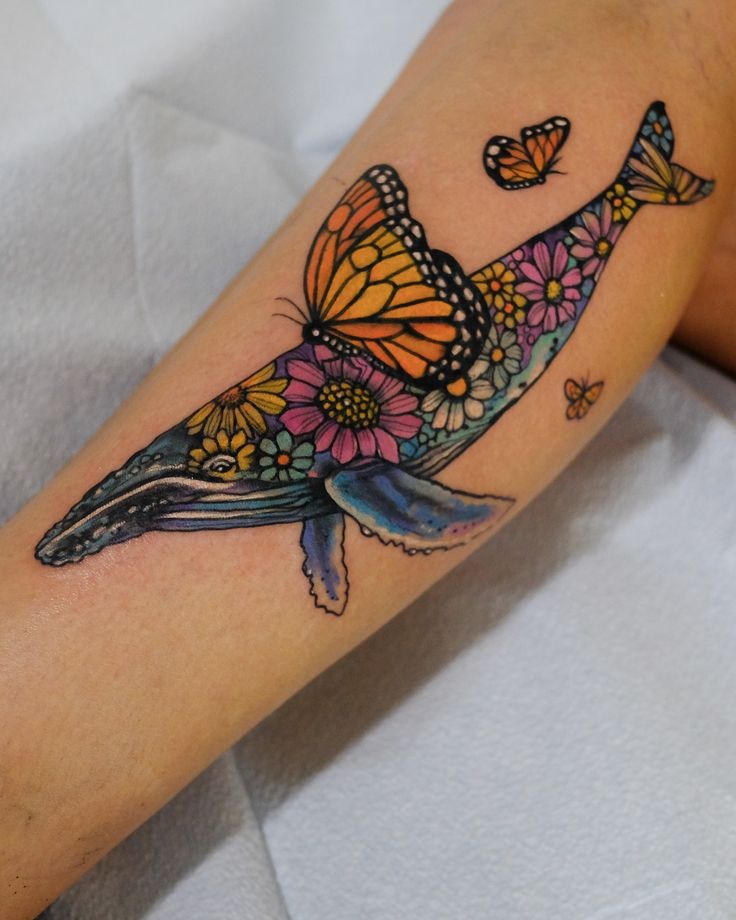

Pretty Whale Tattoo Ideas 🐋🐋🐋🐋 And lots more… Working on many new flash designs, ready and waiting. I'm really digging these whales 🩵 slide over for some freshly drawn flash and some
Selection from Pinterest
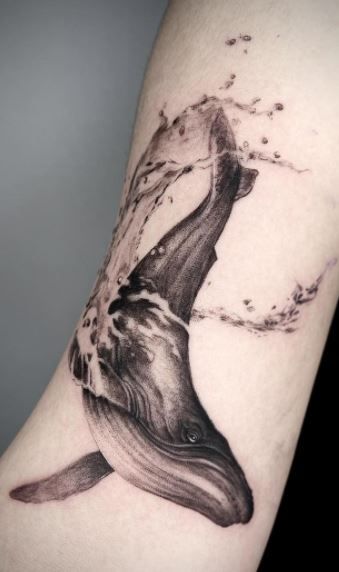

85 Magnificent Whale Tattoos, Ideas, & Meaning - Tattoo Me Now
Selection from Pinterest
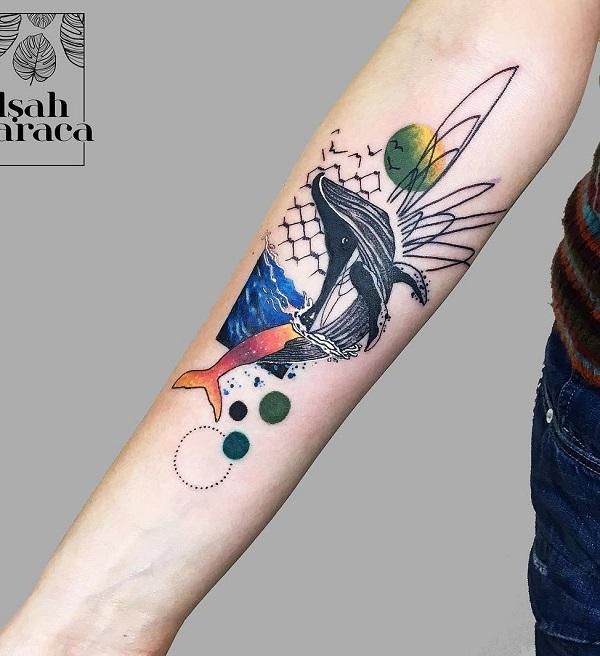

35 Whale Tattoo Ideas | Art and Design
Selection from Pinterest
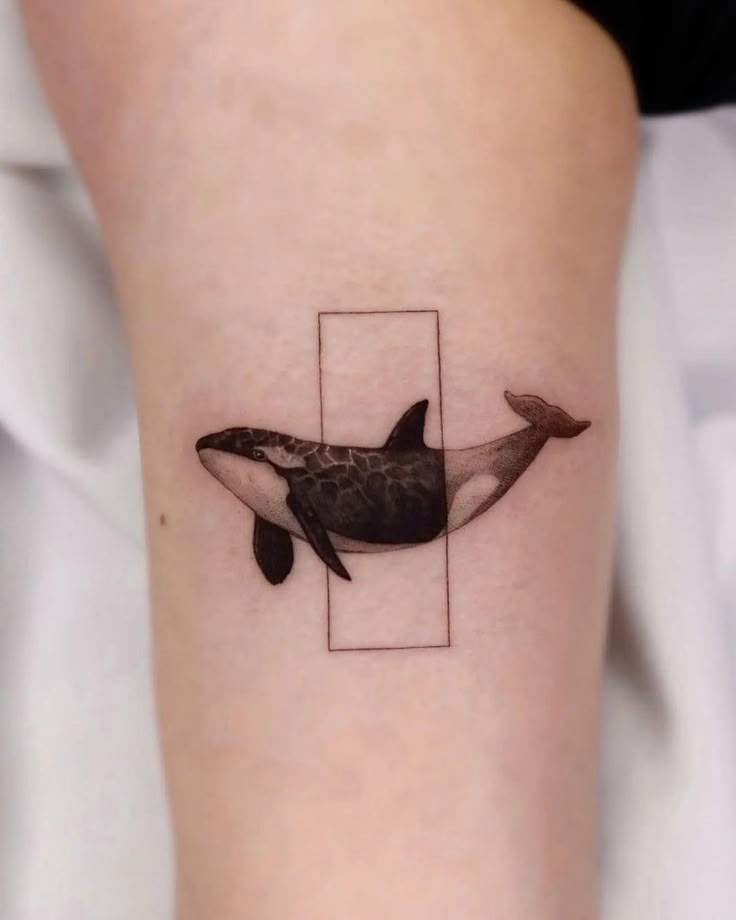

30 Best Orca Tattoo Ideas You Should Check
Selection from Pinterest


91+ Magnificent Whale Tattoos Ideas - Leaping out of water tattoo
Selection from Pinterest
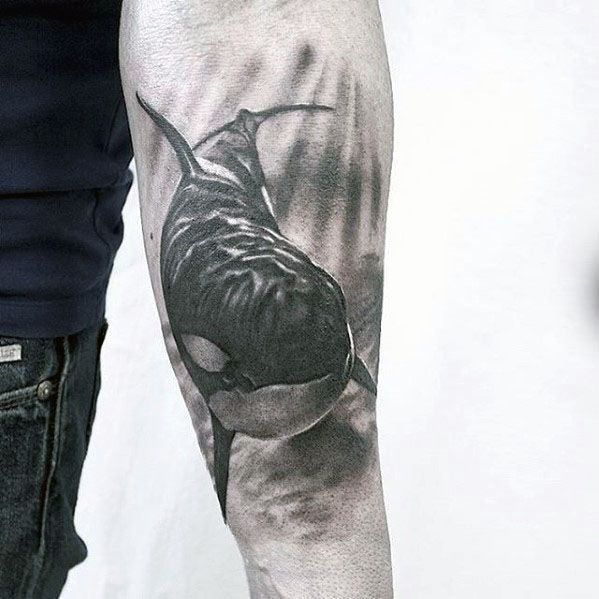

60 Cool Orca Tattoo Designs for Men
Selection from Pinterest
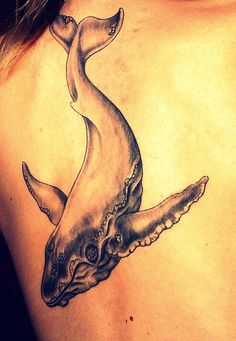

60 Whale Tattoos ideas | whale tattoos, tattoos, whale
Selection from Pinterest


100 Best Whale tattoos ideas | whale tattoos, tattoos, whale
Selection from Pinterest


50 Unbelievable Orca Whale Tattoo Ideas for Your Next Ink
Selection from Pinterest
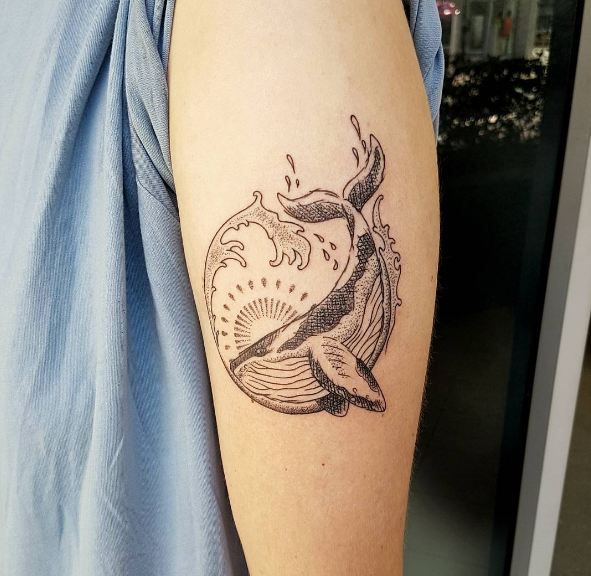

50+ Tribal Whale Tattoo Designs (2024) Blue, Humpback, Traditional
Selection from Pinterest
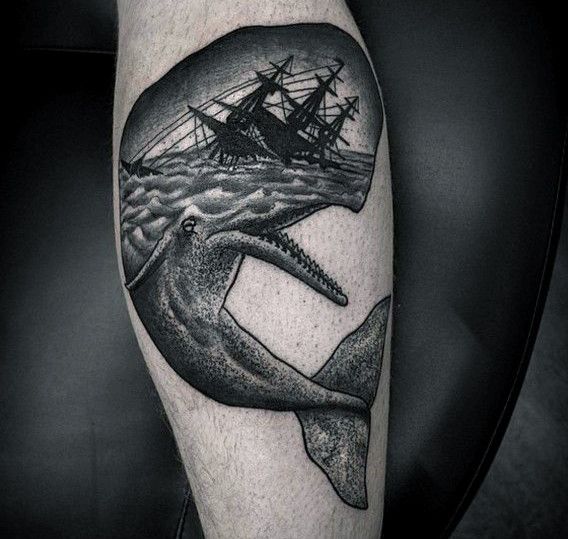

100 Whale Tattoo Designs for Men
Selection from Pinterest
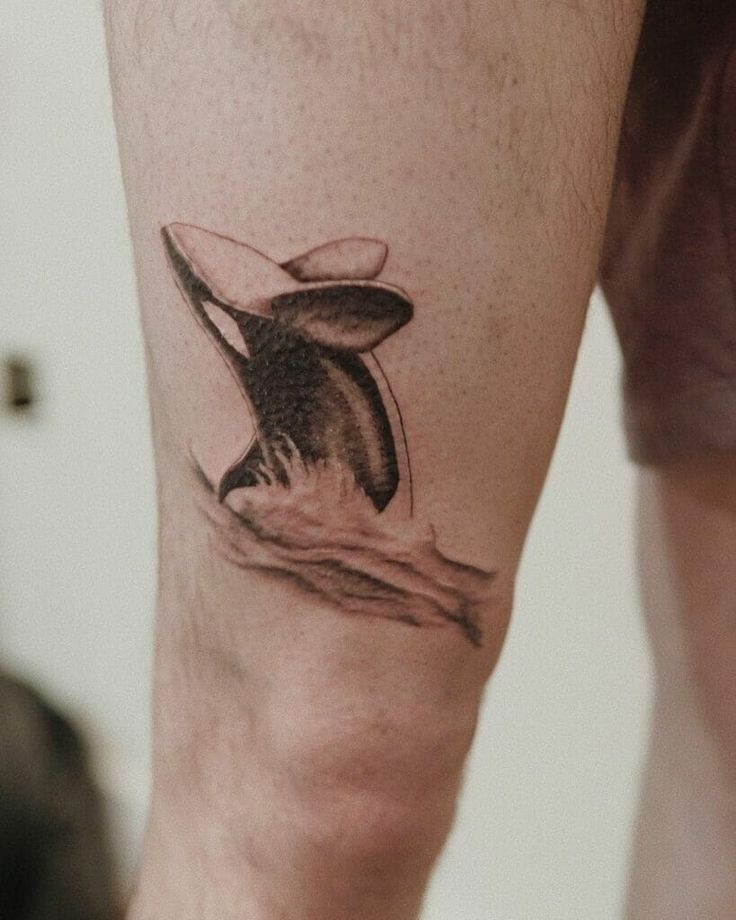

101 Best Orca Tattoo Ideas You Have To See To Believe!
Selection from Pinterest
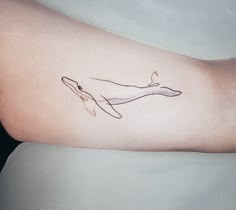

47 Whale tail tattoo ideas | whale tattoos, whale tail tattoo, small tattoos
Selection from Pinterest
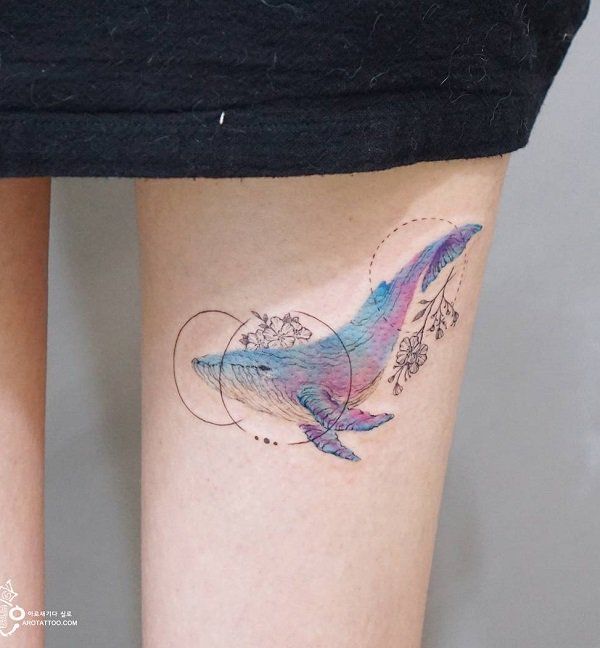

35 Whale Tattoo Ideas | Art and Design
Selection from Pinterest


90+ Magnificent Whale Tattoos Designs - Cute Tattoo Ideas
Selection from Pinterest
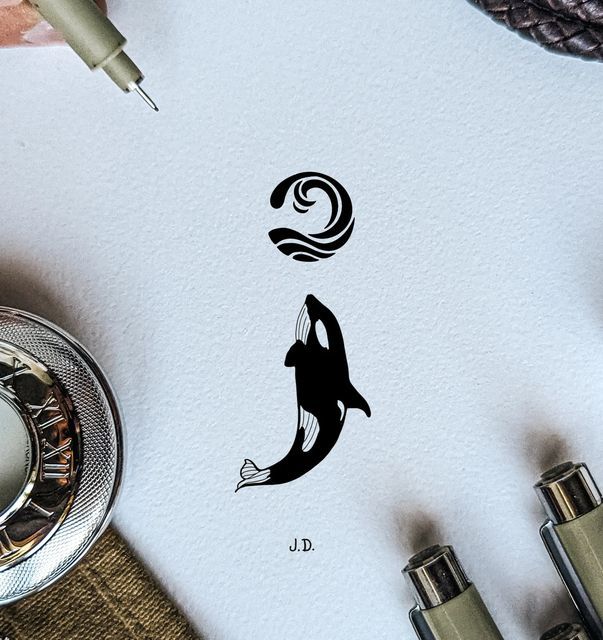

Josh Duke ~ Illustrator on Instagram: "Little Orca Semicolon Design ✌️ ↟ ↟ ↟ #dotwork #tattoo #flashtattoo #tattooideas #tattoodesign #finelinetattoo #linework #blackworknow #illustrationartists #darkart #fineliner #illustration #tattoos #orca ...
Selection from Pinterest
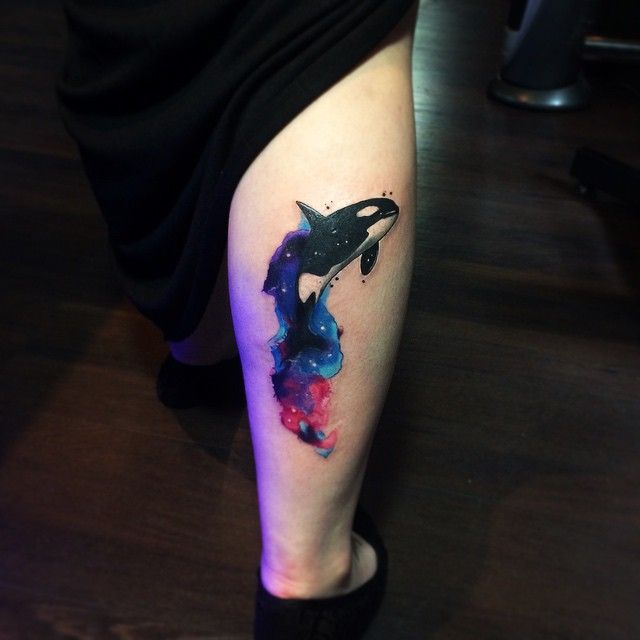

Orca tattoo, Whale tattoos, Killer whale tattoo
Selection from Pinterest
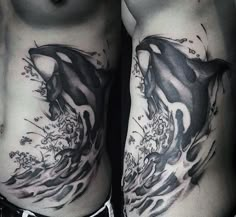

57 Whale tattoos ideas | whale tattoos, orca tattoo, tattoos
Selection from Pinterest
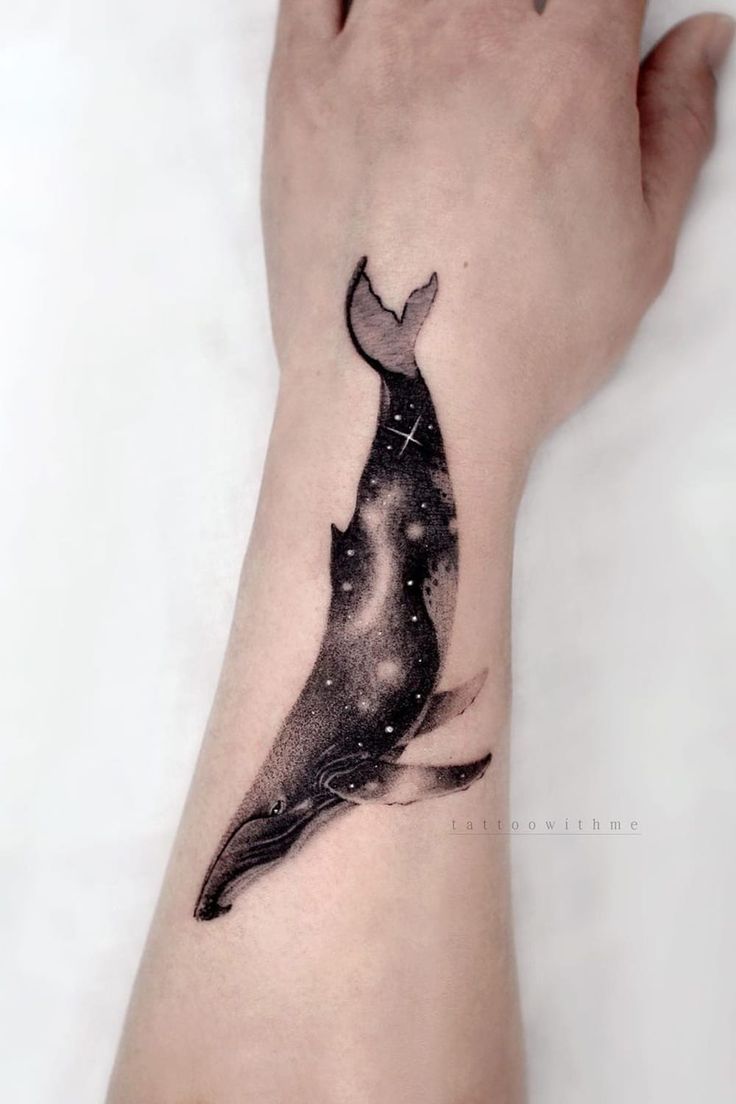

35 Shocking Whale Tattoo Designs
Selection from Pinterest
One App to Store All Your Tattoo Ideas
Store your tattoo ideas in one place and Virtual Try-On them on your body!

Avoid Regrets with 3D Virtual Try-On!
Do a 3D Virtual Try-On to see how your tattoo design looks like on your body before you get it tattooed. Powered by Tatship's AI and 3D technology.



Cultural Considerations and Taboos for Whale Tattoos
While whale tattoos are generally well-received, there are some cultural sensitivities to be aware of. In certain indigenous cultures, whales hold sacred significance, and using these symbols without understanding or respecting their cultural importance can be seen as cultural appropriation. It's important to approach whale tattoos with respect for the cultures that hold these creatures in high regard. Additionally, in some cultures, tattoos themselves may be taboo or frowned upon, so it's crucial to consider the cultural context of both the tattoo and the tattoo wearer.
Popular Tattoo Styles and Variations for Whale Tattoos
Whale tattoos can be designed in a variety of styles, each offering a unique aesthetic and interpretation. Popular styles include realistic, where the whale is depicted in lifelike detail, often capturing the majestic nature of the creature. Another popular style is tribal or Polynesian, which incorporates traditional patterns and symbols, emphasizing the cultural significance of the whale. Minimalist designs are also favored, focusing on simple lines and shapes to convey the essence of the whale. Watercolor styles can add a vibrant and artistic touch, using splashes of color to mimic the oceanic environment. Geometric designs offer a modern twist, using shapes and lines to create an abstract representation of the whale.
Historical Origins and Evolution of Whale Tattoos
Whales have been significant in human history for centuries, often appearing in mythology, folklore, and art. In ancient times, whales were seen as mysterious and powerful creatures of the sea, often associated with the unknown depths of the ocean. They have been depicted in various forms of art, from ancient carvings to modern tattoos, symbolizing humanity's fascination with these majestic creatures. Whales have also played a crucial role in maritime history, as they were hunted for their oil and baleen, which were valuable resources. This historical significance adds depth to the symbolism of whale tattoos, as they can represent a connection to the past and a respect for the natural world.
